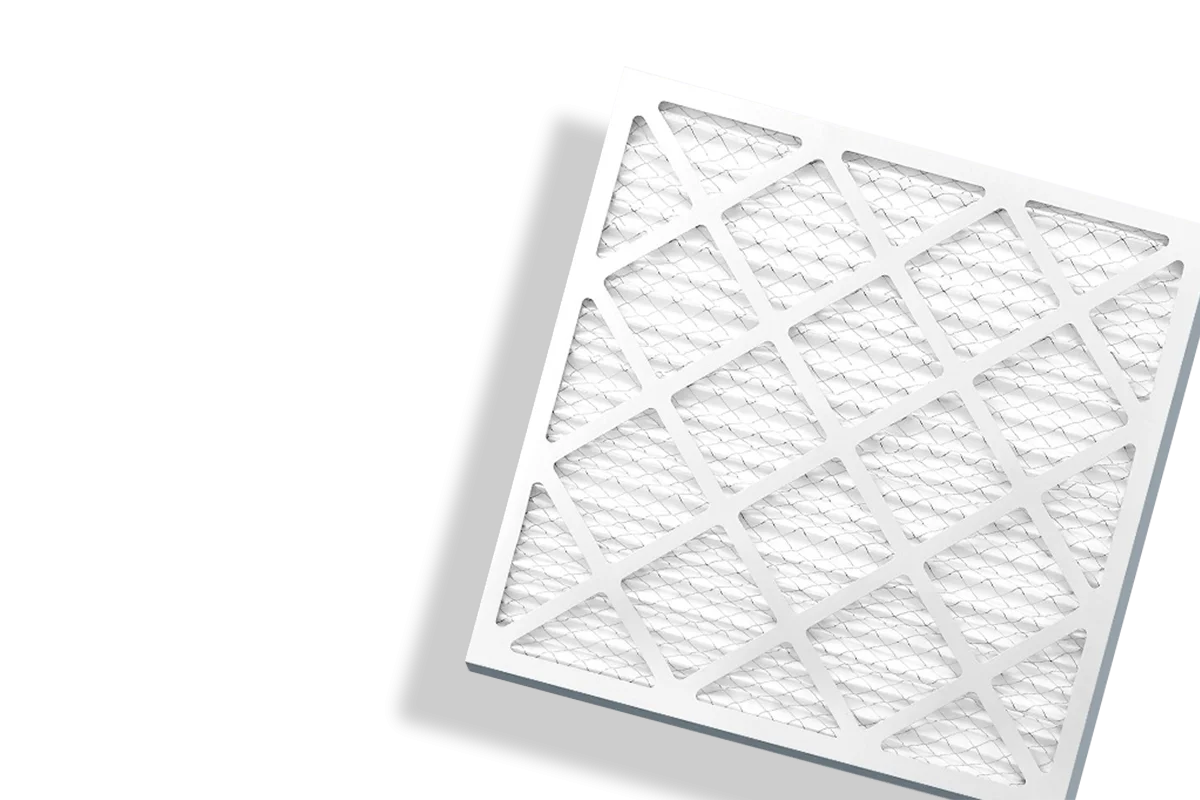There are many duties associated with being a homeowner. But one important one that is sometimes disregarded is changing the HVAC filter regularly. These inconspicuous elements are essential to keeping a house efficient and healthy.
We will cover all the elements of replacing HVAC filters. Giving homeowners the information and assurance they need to maintain their systems’ optimal performance.
This article seeks to simplify the often-overlooked work of HVAC maintenance. From understanding the value of timely replacements to the step-by-step procedure of installing a new filter.
Why Changing Your HVAC Filter Matters
Changing your HVAC filter often is important for a few reasons. One, it helps air move around your house better, so your heating and cooling work well. Two, it helps the filter catch stuff floating in the air, making the air inside cleaner.
Three, it stops dust and junk from building up in your system. which can break things and need expensive fixes. , swapping your filter can make your HVAC system last longer and lower your energy bills.
1. Optimal Airflow: A clean filter helps air move well through your heating and cooling system. If the filter gets clogged or dirty. it makes it hard for air to flow, and your system has to work extra to heat or cool your home. This might make your energy use go up and your bills get higher.
2. Improved Air Quality: HVAC filters are important because they catch tiny things like dust, pollen, pet fur, and mold bits. Changing the filter often keeps it working well. so it keeps grabbing these bad things and stops them from floating around in your house. This helps people who have allergies or breathing problems.
3. Energy Efficiency: When your HVAC system doesn’t need to work too hard to keep air moving, it works better. This makes it use less energy and costs less to run. It also helps to protect the environment by using less energy for heating and cooling your home.
Decoding HVAC Filters: Understanding Types, Sizes, and Ratings
HVAC filters are available in different kinds, sizes, and how good they work. Some common types are fiberglass filters, pleated filters, electrostatic filters, and HEPA filters.
The size of the filter, such as 11.25×23.25×1 or 19x27x1, should match the specifications of your HVAC system for proper fit and optimal performance.
The filter works better if it has a higher MERV rating. But, if it’s too high, it might slow down airflow.
Recognizing the Time for Change
It’s important to change your HVAC filter at the right time. Usually, you should change it every 1-3 months, depending on how much you use it and how clean your air is.
But sometimes, you might need to change it sooner. Look out for signs like less air coming out, more dust in your home, or higher energy bills.
DIY HVAC Filter Replacement
Changing your HVAC filter is easy and you can usually do it alone. First, switch off your HVAC system to stay safe. Then, find the filter slot, take out the old filter, and check its size to make sure you get the right replacement. After that, put the new filter in the slot, making sure it fits well. and the arrow on the filter frame points towards the blower.
1. Gather Supplies
2. Locate the Filter
3. Turn Off the System
4. Remove the Old Filter
5. Inspect the Filter Compartment
6. Install the New Filter
Finally, turn your system back on and check for any airflow issues.
How to Choose the Right Replacement Filter
Choosing the right replacement filter depends on your specific needs and your HVAC system’s specifications. Consider the filter’s size, type, and MERV rating, and consult with a professional or a reliable air filter supplier like Custom Filters Direct, if you’re unsure.
It’s important to change your HVAC filter . This helps keep your indoor air healthy and comfy. It also makes your HVAC system last longer and saves you money on energy.
To keep your HVAC system running well, you need to know why changing the filter matters. You should also know what type and size of filter your system needs. And when it’s time to change it, you should know how to do it .
Remember, taking care of your HVAC system isn’t for comfort. It’s also about staying healthy and saving money. So, make sure you pick the right filter, change it on time, and enjoy the benefits of a well-kept HVAC system.

